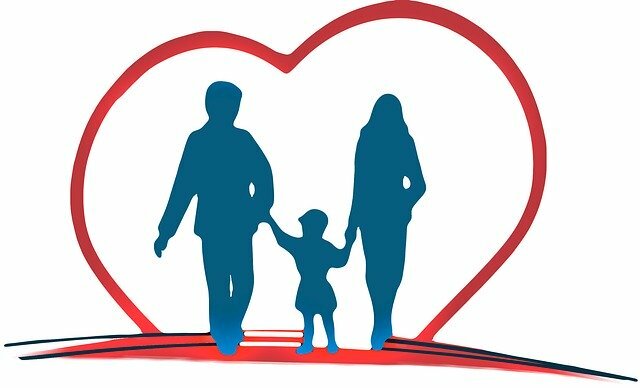
Opiate addiction is a pervasive issue that affects individuals physically and mentally. The detoxification process is a crucial step towards recovery, providing a foundation for a healthier future. In this article, we'll explore the intricacies of opiate addiction detox, from understanding the addiction to choosing the right detox program and embracing holistic approaches to recovery.
1. Introduction
Let's delve into the world of opiate addiction, recognizing the significance of detoxification in the journey to sobriety. Detox acts as the initial step, paving the way for a life free from the shackles of addiction.
2. Understanding Opiate Addiction
Understanding the root causes and risk factors of opiate addiction is essential. We'll also explore the profound impact it has on both physical and mental health, emphasizing the need for intervention.
3. Signs and Symptoms
Recognizing the signs and symptoms of opiate addiction is crucial for early intervention. From physical manifestations to behavioral changes, we'll shed light on the red flags that demand attention.
4. The Detoxification Process
The detoxification process can be challenging, but professional guidance is indispensable. We'll explore the significance of a supervised detox, touching upon common withdrawal symptoms.
5. Different Detox Methods
There are various approaches to opiate detox, ranging from medical interventions to holistic methods. Understanding these options empowers individuals to make informed choices on their path to recovery. Look at here to find more how to buy MDMA for sale.
6. Choosing the Right Detox Program
Selecting the right detox program is a pivotal decision. We'll discuss the factors to consider, emphasizing the importance of individualized treatment plans tailored to specific needs.
7. Benefits of Opiate Addiction Detox
Detoxification brings about numerous benefits, not just for physical health but also for mental well-being. We'll delve into the positive outcomes that individuals can experience through the detox process.
8. Challenges During Detox
Detox isn't without its challenges. Emotional struggles and the risk of relapse require careful consideration and effective coping strategies. We'll navigate these obstacles with a focus on resilience.
9. Support Systems
Involvement of family and therapeutic communities is vital during the detox phase. We'll explore the importance of a robust support system and how it contributes to successful recovery.
10. After Detox: Rehabilitation
Detox is only the beginning. We'll emphasize the need for ongoing treatment and the establishment of a strong support network during the rehabilitation phase.
11. Holistic Approaches to Recovery
Holistic approaches, including mindfulness, meditation, proper nutrition, and exercise, play a crucial role in sustaining recovery. We'll explore how these elements contribute to overall well-being.
12. Success Stories
Real-life success stories serve as inspiration for those on the journey to recovery. We'll share anecdotes that highlight the resilience and triumph of individuals who have overcome opiate addiction.
13. Overcoming Stigma
Addressing the stigma associated with addiction is imperative. We'll discuss the societal perspectives that need to shift and how fostering empathy can contribute to a more supportive environment.
14. Frequently Asked Questions (FAQs)
Q1: How long does opiate detox take?
A: The duration varies, but typically, it lasts a week. However, individual factors may influence the timeline.
Q2: Are there non-medical detox options?
A: Yes, holistic approaches like acupuncture and yoga are gaining popularity as alternative detox methods.
Q3: Can detox alone guarantee sobriety?
A: Detox is a crucial step, but ongoing rehabilitation and support are essential for long-term sobriety.
Q4: How can families support someone going through detox?
A: Family involvement, understanding, and encouragement are crucial. Seeking professional advice is recommended.
Q5: What is the role of therapy in opiate detox?
A: Therapy helps individuals address underlying issues contributing to addiction and develop coping mechanisms for a successful detox.
15. Conclusion
In conclusion, opiate addiction detox is a transformative process that opens the door to recovery. By understanding the intricacies, seeking appropriate support, and embracing holistic approaches, individuals can reclaim their lives from the clutches of addiction.



